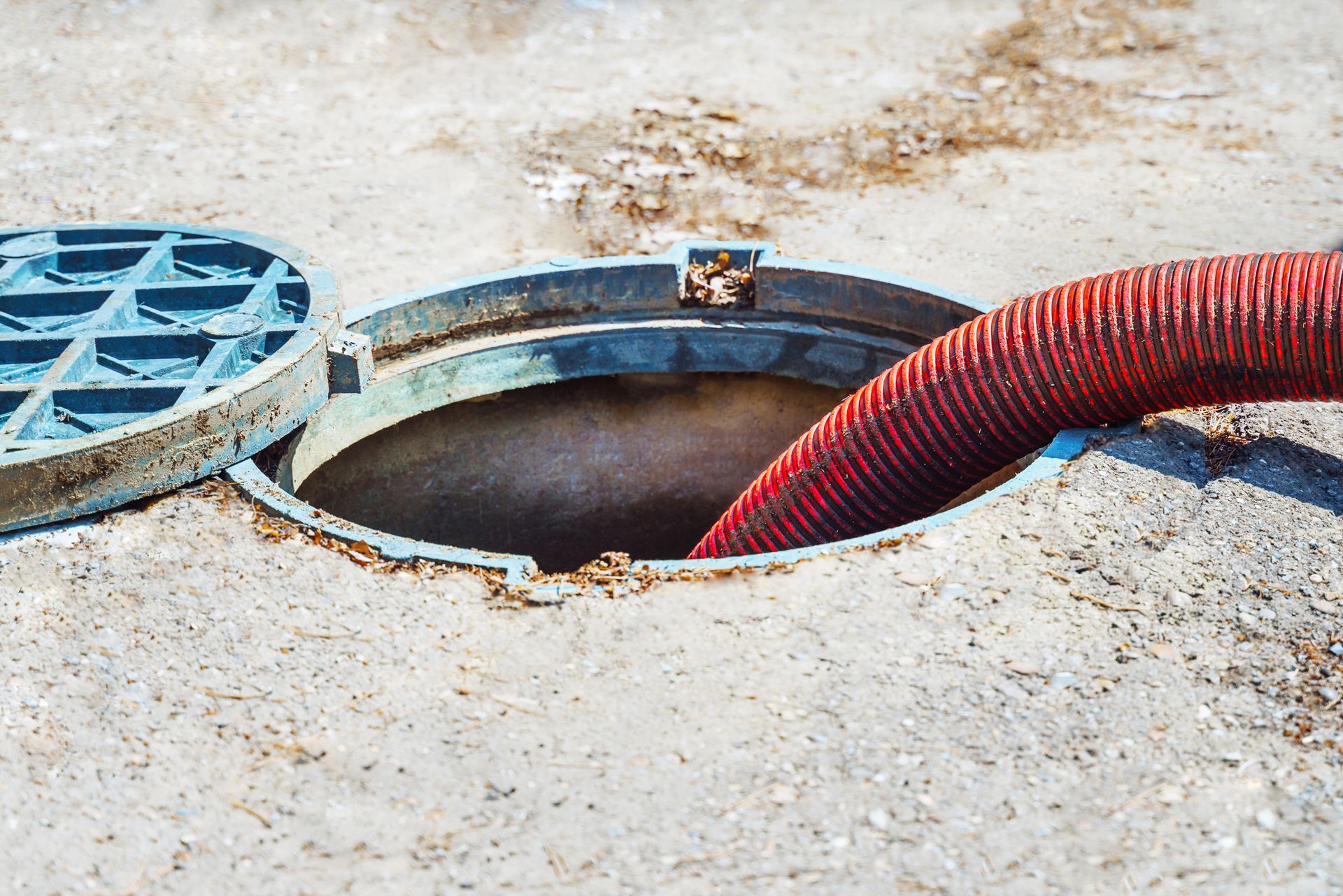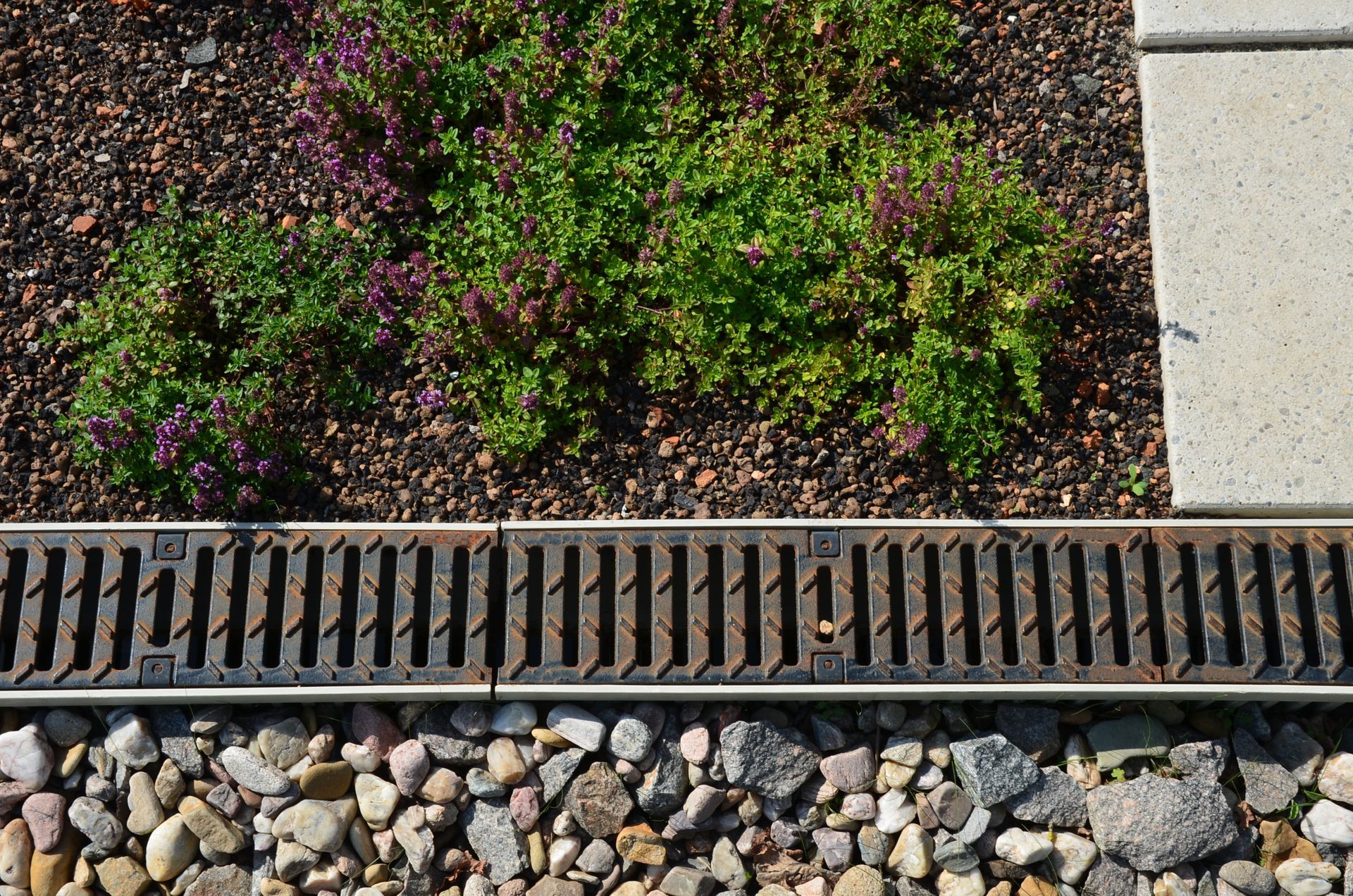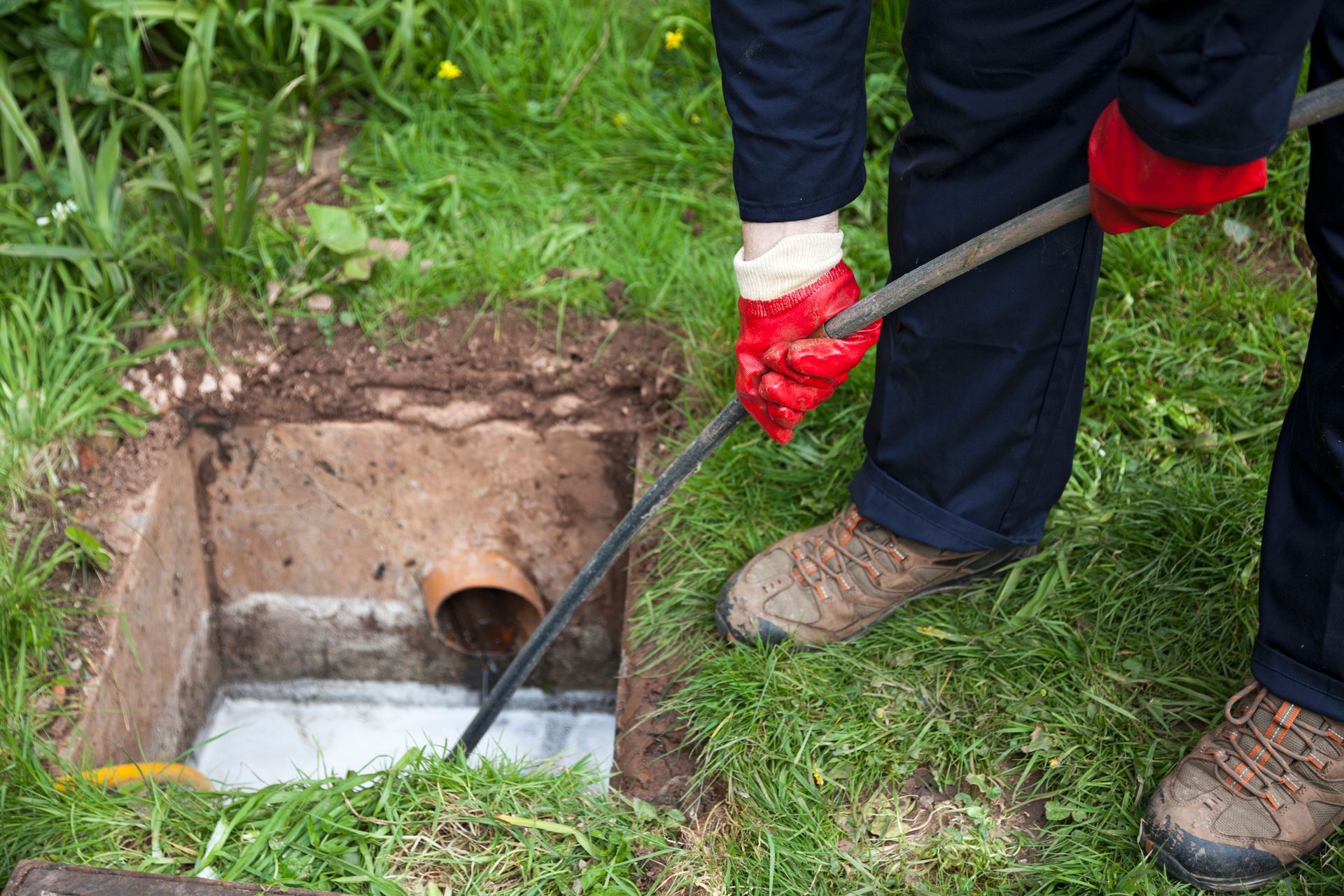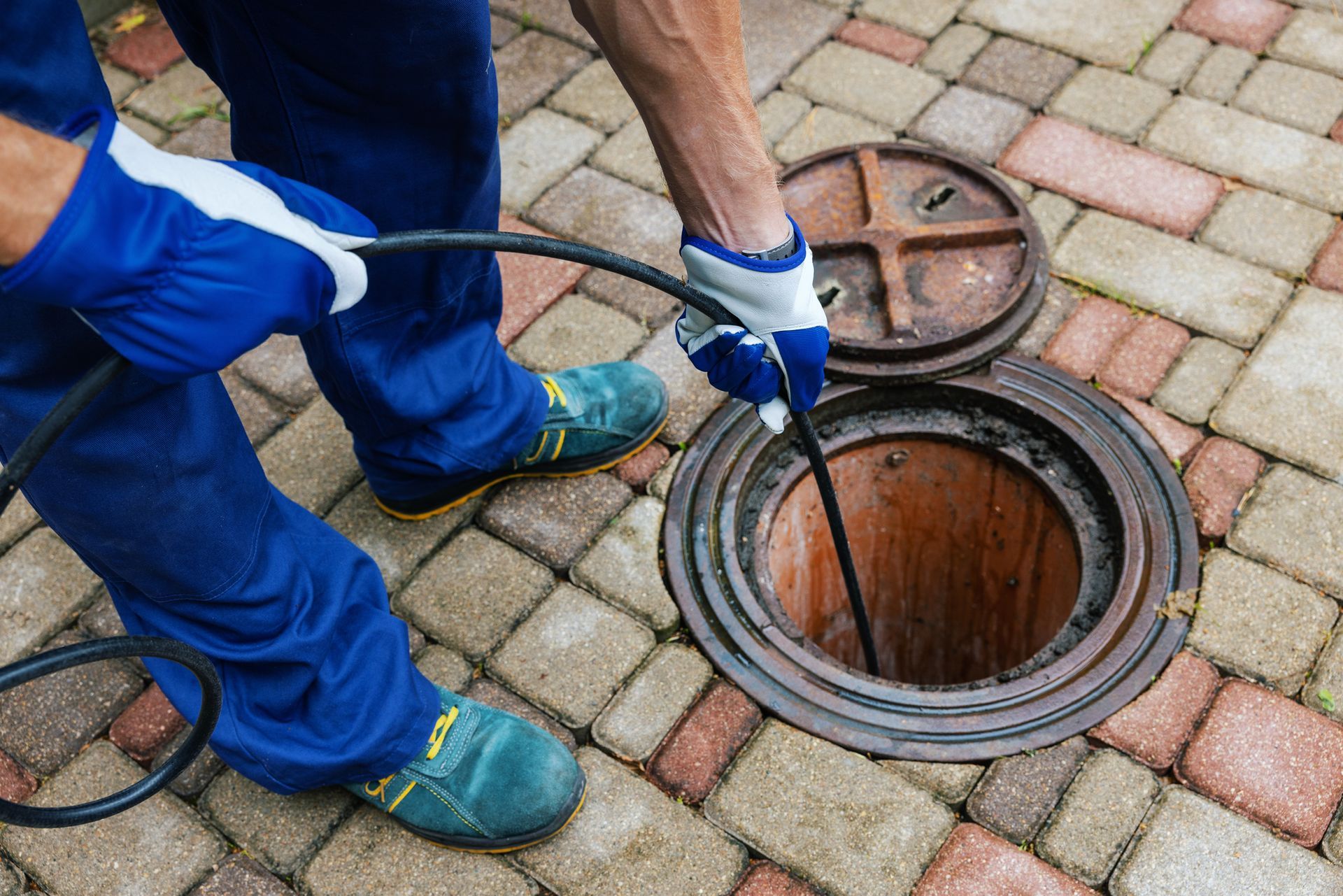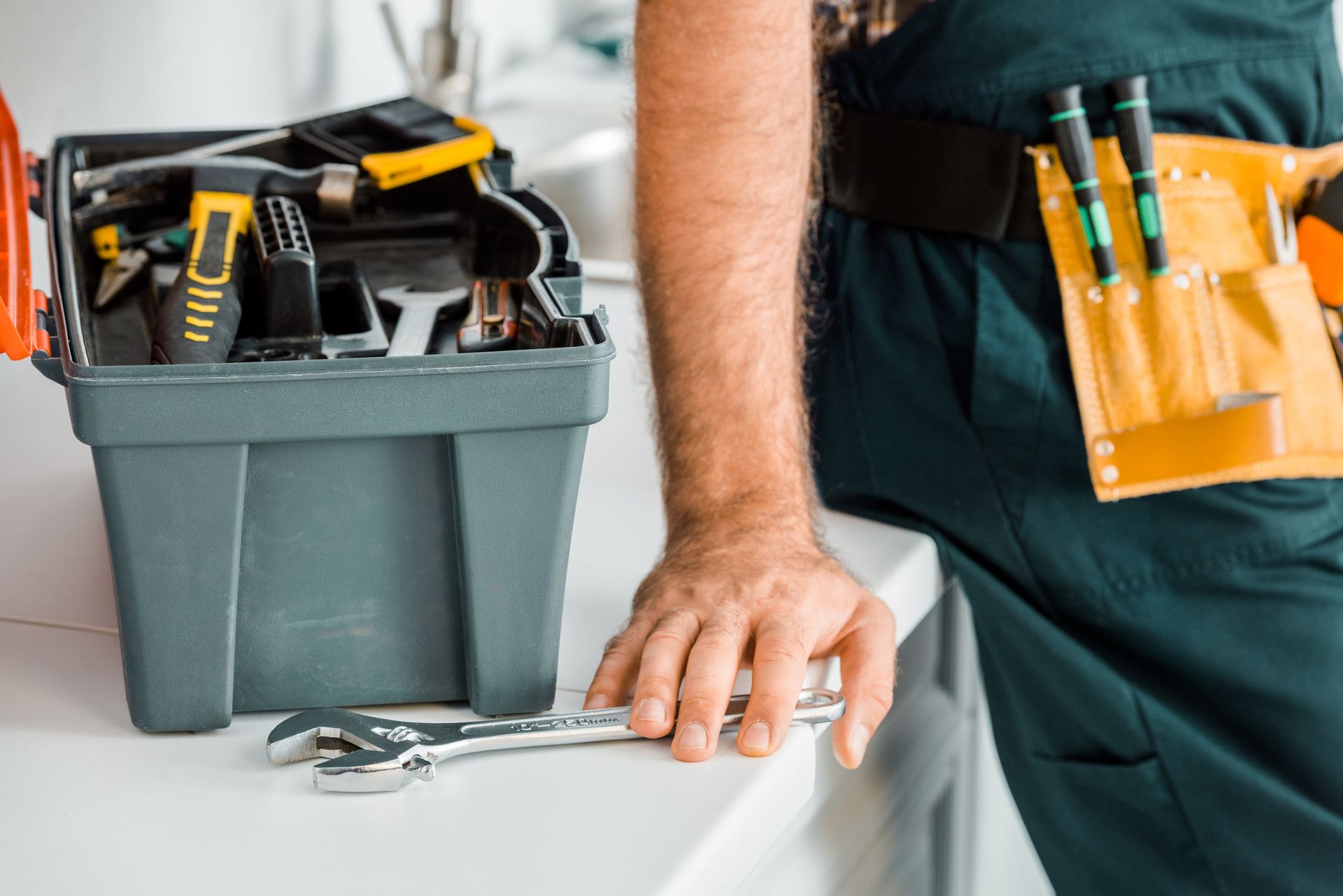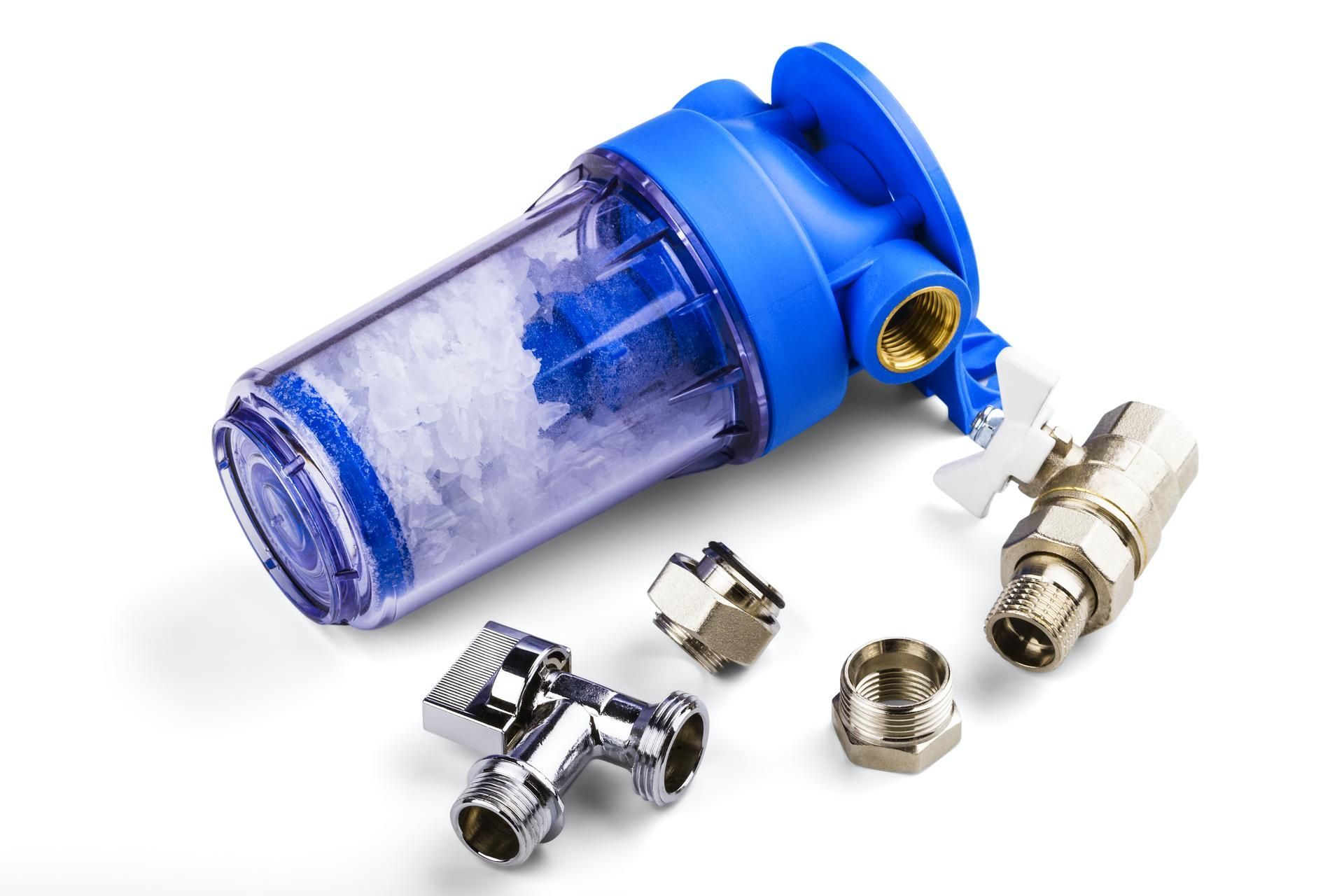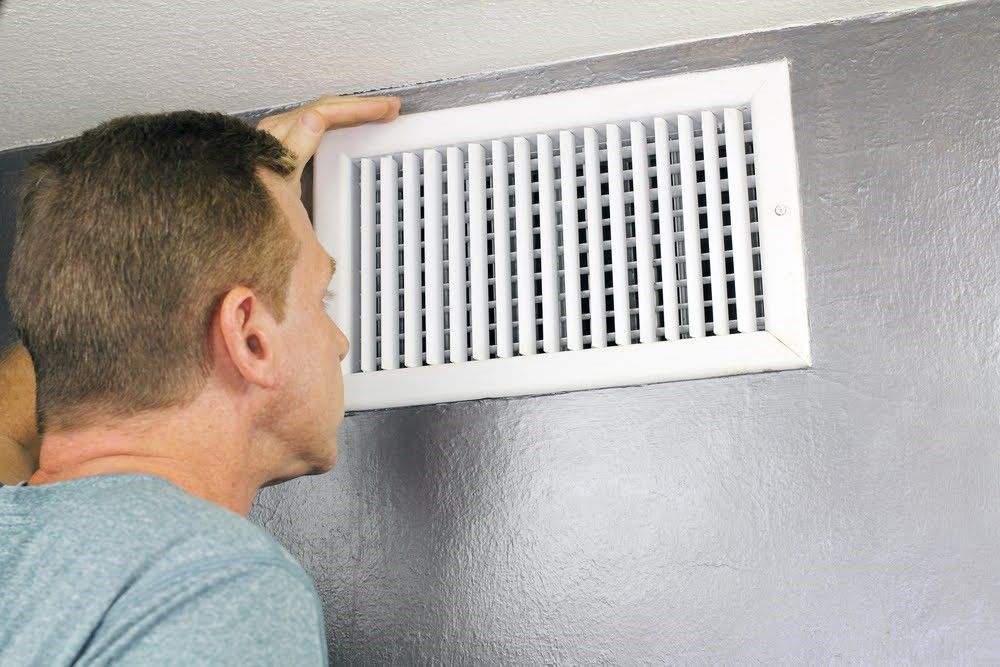4 Common Furnace Blower Problems and Solutions That Keep Your Home Warm
When the weather gets cold, you rely on your furnace to keep you warm and safe. However, a furnace is like any other piece of equipment and is vulnerable to malfunctions. Several things can go wrong in a gas furnace and affect whether the furnace can make heat or blow out warm air. Some repairs may be complex and costly, and others are simple and affordable.
However, it's always good to have repairs done promptly, or your furnace could break down completely and leave you shivering in the cold. Four things that can affect the blower are the limit switch, control board, belt, and capacitor. Here's a look at how they can malfunction and the repairs that may be needed.
1. The Limit Switch Is A Safety Device
A gas furnace has a limit switch that monitors the temperature in the system. The switch controls the blower to keep the furnace from overheating. If the switch malfunctions, your furnace blower may run continuously, not run at all, or rapidly cycle on and off. A furnace repair technician can test this part with a multimeter and replace it if needed.
Letting the blower run continuously or allowing it to rapidly cycle on and off will result in higher power bills and stress on your furnace which could escalate problems and increase the cost of repairs.
2. The Control Board Triggers The Blower
The control board is an important part of a furnace since it controls many parts and helps parts work together. If the control board burns out or if a connection gets loose, the blower may not receive signals to turn on or turn off. A furnace repair technician may need to troubleshoot various parts by looking for wiring and connection problems and testing parts with a multimeter.
When a control board malfunctions, it may need to be replaced unless the problem is a simple loose connection. Replacing a control board in a furnace is meticulous work since the board has many wiring connections and the wires must go to the right connections on the new board.
3. The Fan Belt Turns the Blower
If you have a newer furnace, your blower may have a direct-drive motor. In that case, you won't have to worry about problems with a bad belt. Older furnaces that have belt-drive motors can malfunction if the belt gets loose or breaks.
A bad belt often makes a lot of noise, so you have clues when a belt is going bad. Replacing a bad belt is a fairly common furnace repair that's easy to do and will get your furnace back to warming up your home quickly.
4. The Capacitor Helps the Blower Motor Start
A furnace blower starts up with the help of a motor. The motor gets started with the help of a capacitor. The capacitor provides a boost of power so the motor can get the blower turning. If the capacitor is bad, the motor may not have enough power to turn the blower fan. When that happens, no hot air will blow from the ducts and your house will get cold.
A bad capacitor can cause stress on the motor and cause the motor blower to burn out, so replacing a bad capacitor promptly is important. A furnace capacitor is a fairly easy part to replace, so a repair technician can get the blower working again quickly.
If your home is chilly due to a malfunctioning furnace, contact Garden Spot Mechanical. We'll diagnose the problem with your furnace and get repairs done as quickly as possible so your home is warm and cozy when the weather is cold and frosty outside. You'll not only be more comfortable when your furnace operates properly, but you may save money on your power bills with an efficient furnace, and you could prevent further damage to your equipment.

